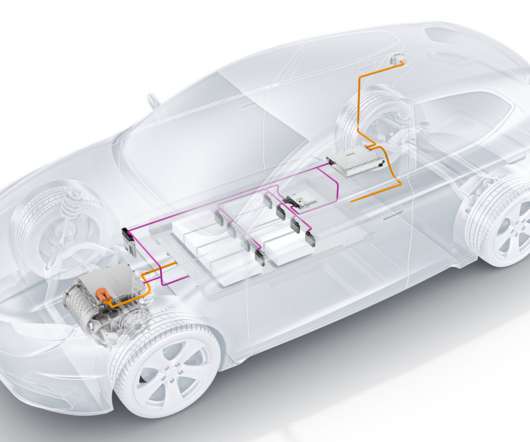Bosch Powers the Automotive Sector Toward an Electrified Future
Cars That Think
JANUARY 10, 2023
To lessen these emissions and their contribution to global climate change, the automobile industry is ramping up the production of electric-powered cars and trucks. Many of the electric vehicles available today have familiar brand names, but under the hood, these cars often rely on the technology and expertise of outside suppliers.










Let's personalize your content